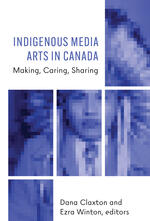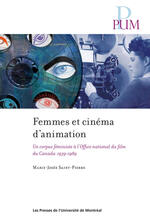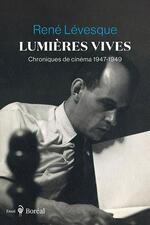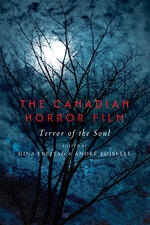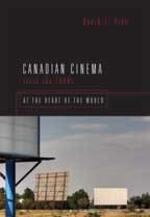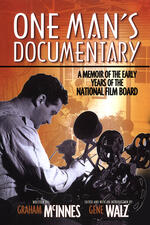Films, cinema
Indigenous Media Arts in Canada
Indigenous and settler scholars and media artists discuss and analyze crucial questions of narrative sovereignty, cultural identity, cultural resistance, and decolonizing creative practices.
Humans are ...
Lumières vives
C’est au professeur Jean-Pierre Sirois-Trahan que nous devons la redécouverte de ces 88 chroniques de cinéma parues dans Le Clairon de Saint-Hyacinthe entre 1947 et 1949. Nous y retrouvons un jeune ...
The Canadian Horror Film
From the cheaply made “tax-shelter” films of the 1970s to the latest wave of contemporary “eco-horror,” Canadian horror cinema has rarely received much critical attention. Gina Freitag and André ...
Cinephemera
What do digital platforms mean for cinema studies in Canada? In an era when digital media are proliferating and thousands upon thousands of clips are available online, it seems counter-intuitive to say ...
Canadian Cinema Since the 1980s
Award-winning author David L. Pike offers a unique focus on the crucial quarter-century in Canadian filmmaking when the industry became a viable force on the international stage. Pike provides a lively, ...
De l'écrit à l'écran
Categories: Films, cinema
Series: Transferts culturels - Cultural Transfers
De l’écrit à l’écran est le premier ouvrage qui aborde la question de la réécriture filmique du roman africain francophone. Il se sert de la sémiologie de l’image, de la poétique et des théories ...
One Man’s Documentary
Graham McInnes was one of many talented young people recruited by the charismatic John Grierson to build the National Film Board of Canada during the heady days of WWII. McInnes’s memoir of these “days ...
